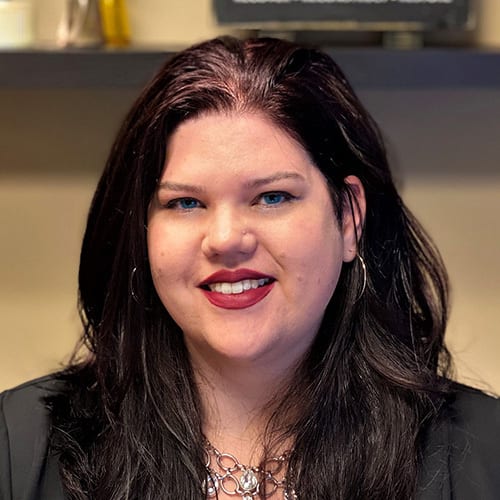
Andrea Stenberg
Emergency Services Production Cleaning Manager, Paul Davis Restoration of Portland & Vancouver, Washington
Can you highlight your most memorable odor removal project and why it stands out?
Q:
A: It was a beautiful historic home that belonged to a well-known World War II veteran in my community that had an oil furnace puff back and coated everything with this stinky, sticky, oily soot. The home itself had a lot of historical contents, including musical instruments from the early 1900s that had original cork and leather components on them. Hitting them with strong odor encapsulants and ozone was not ideal. It was at this job that I met a lot of experts in the field of historical preservation that taught me a lot about cleaning these items without harming any of the original materials. Using things such as lemon oil, sliced apples and baking soda with very specific techniques was not my everyday cleaning style! It was a privilege to learn from the experts and take along those skills to help many more people in my career path that makes that home the most memorable to me.
What are the most common missteps or misconceptions you see related to odor removal?
Q:
A: One of the most common misconceptions I have observed is that ozone will take care of all odors. As much as I wish this were true, it is just not the case! Ozone is great, but it does not remove the source and often cannot penetrate oily residue odors or rooms with high humidity. Ozone can even damage materials if not used properly or used excessively. One of the most common missteps I have observed is not confirming odor eliminating product fragrances with the customer prior to using the product. One of the worst results you can ask for from an odor removal project, aside from not being able to remove the odor, is mixing your cleaning solution with a fragrant odor encapsulant, cleaning the whole structure and finding out that your customer is nauseated by the fragrance in the encapsulant. Always make sure your customer is part of the process for selecting anything that produces a fragrance in the home.
What are the top tools odor removal professionals should have in their toolbox?
Q:
A: You should have a commercial ozone generator that can handle jobs up to at least 15,000 cubic feet. You should also have a hydroxyl generator, an essential oil vapor-producing generator, several odor encapsulants with various scent options, pet odor eliminators, air scrubbers, charcoal filters for your scrubbers and a thermal fogger. There are a lot of different types of odors and a lot of ways to treat each one. It is important to consult with your product vendor to confirm the best option for odor elimination before you make these purchases for your business.
What are your top predictions and/or hopes for the future of odor removal?
Q:
A: I am looking forward to more natural based products and tools that we can safely use in the home without disrupting our customer’s lives more than just our presence does. As the products evolve, vendors are creating odor eliminating solutions that are less harmful to surfaces and can be used in any living spaces using technology and cleaning solutions such as UV light, essential oils or other natural products. Not only are these products safer, but our customers are more comfortable having them used in their home. The ozone generators are evolving to be smaller, lighter and easier to handle for technicians in the field as well. It is exciting to see how our amazing vendors continue to “Wow!” us with their amazing products. It is one of my favorite areas to explore at any restoration trade show or convention I visit.
What key resources do you turn to for continued education in odor removal?
Q:
A: My top resources for continued education on odor removal are from my local vendor representatives that keep their products up to date. Meeting with reps from Jon Don, Aramsco, Fireline, Odor X and many other vendors that provide the products that our companies use is a huge part of my continued success with odor control and keeping my customers satisfied with their odor removal service. Reading articles, stories and staying in touch with my network of restoration professionals also provides real insight on what works and what didn’t work for all types of odor control situations. Our industry has a lot of knowledge on all things odor, always reach out to your network and your product vendors for advice.
About Andrea
Born in southwest Oregon, Andrea Stenberg moved to the Vancouver, Wash., area in 2017. She has been in restoration since 2014 and in industrial cleaning since 2007. With multiple credentials in her field, Stenberg prides herself in training others with her field knowledge to assist in the growth of her company and team at Paul Davis Restoration of Portland/SW Washington. Stenberg is the 2021 recipient of R&R’s annual Ladder Award.
